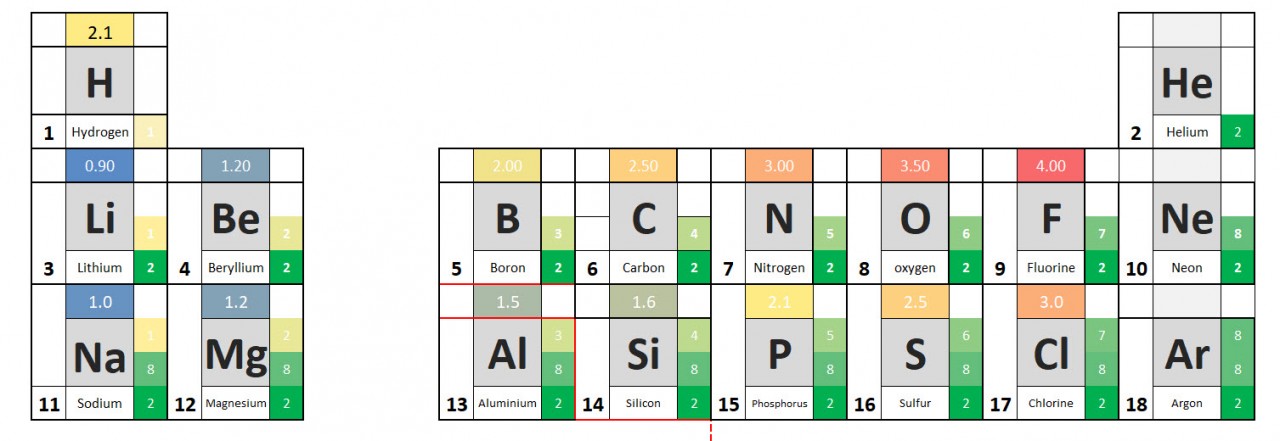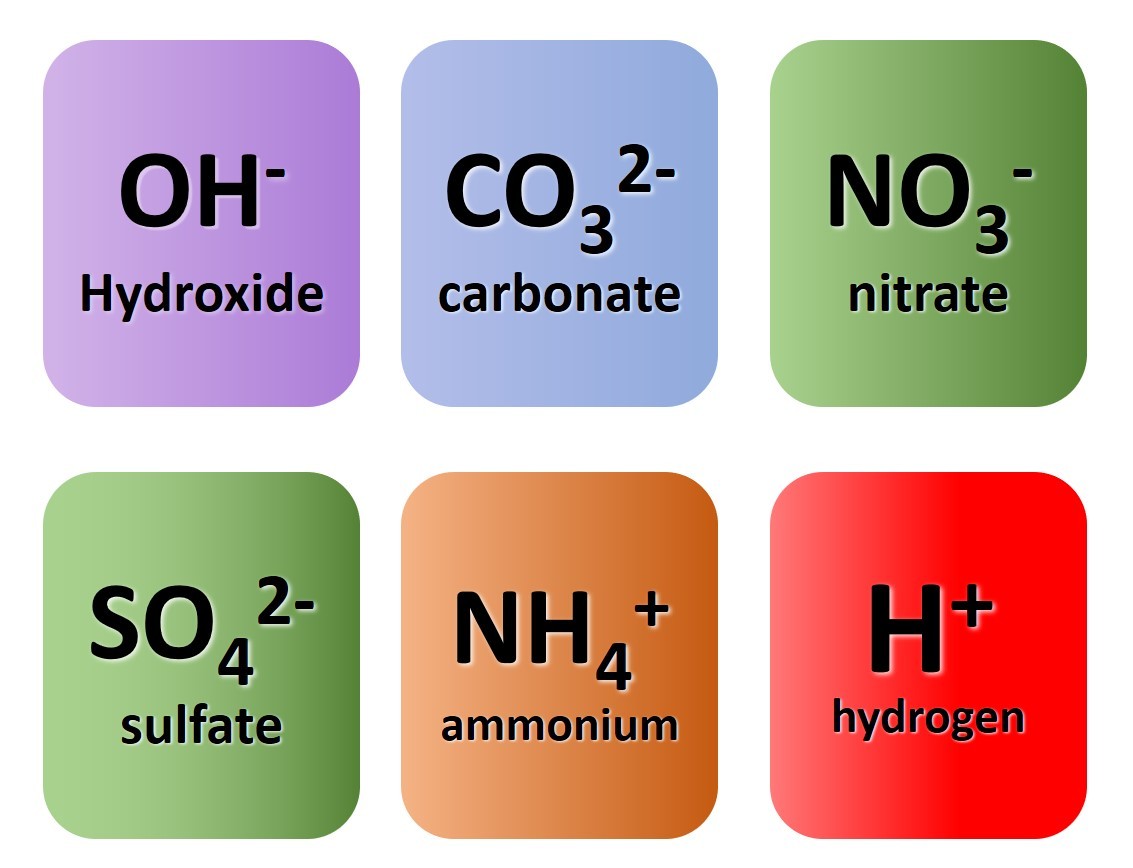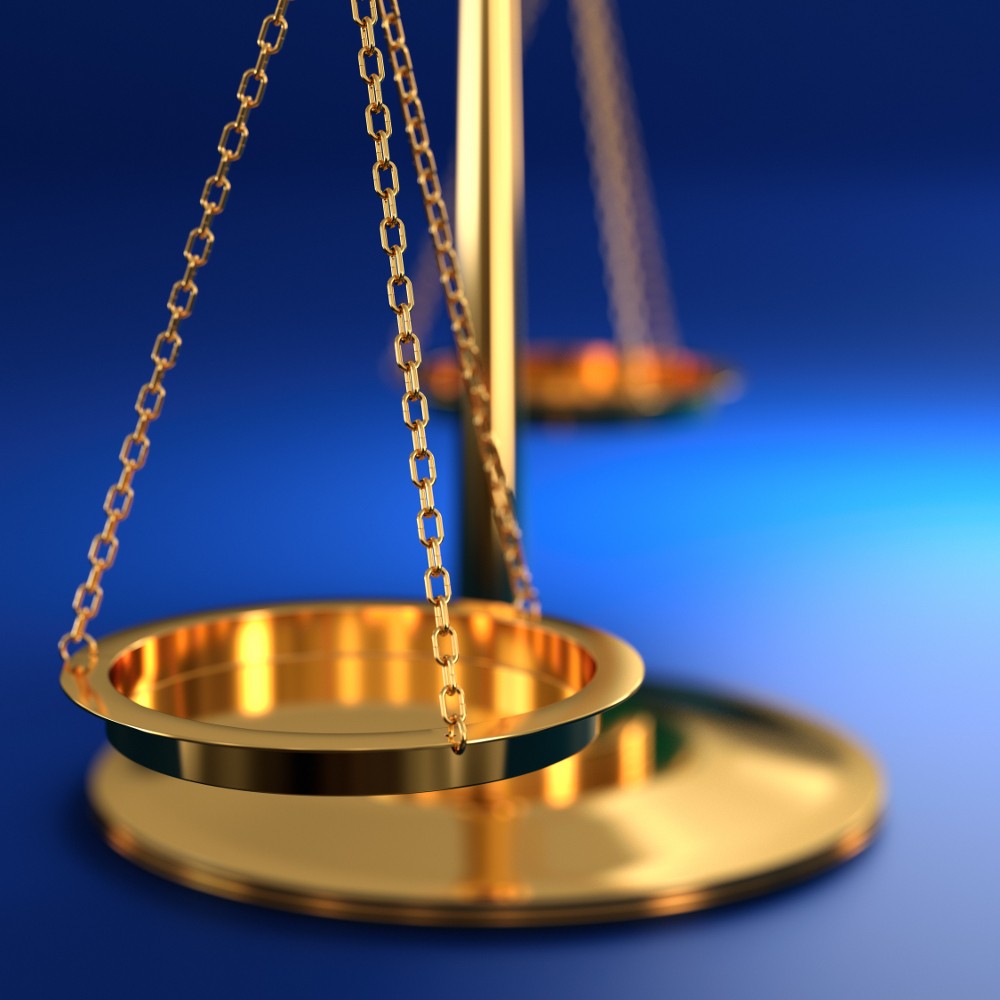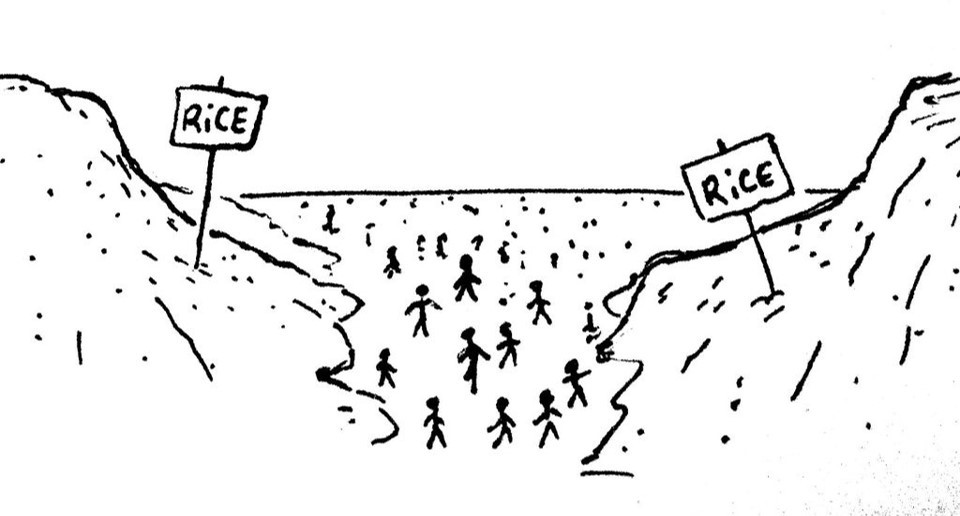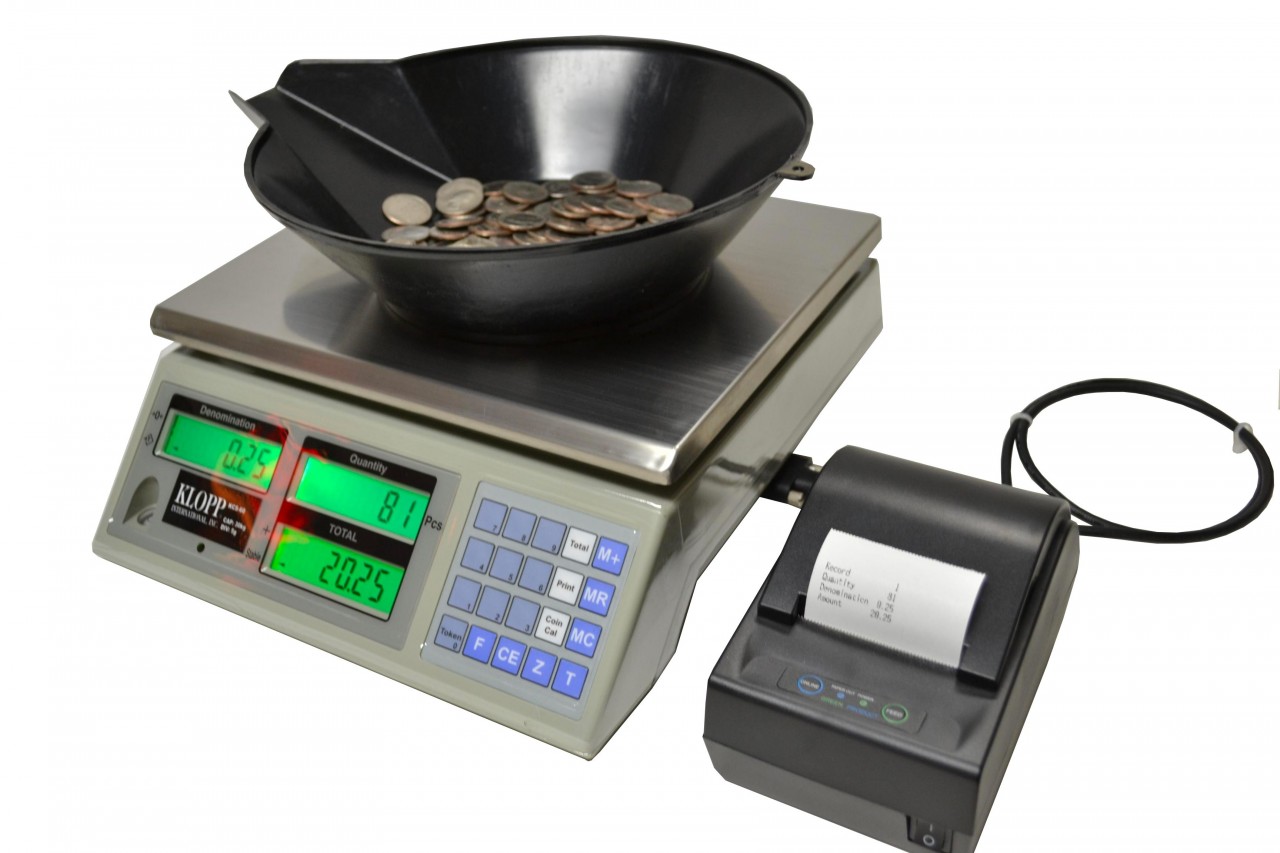1.38 Activity. Know your ions. Students should: 1.38 know the charges of common ions listed You will have noted from the video that metal ...
1.39 Activity. Finding formulae Students should: 1.39 write formulae for compounds formed between the ions listed Watch the video closely ...
Ionic compounds form when the atoms of a metal combine with the atoms of a non - metal
Magnesium is a highly reactive metal which reacts violently with oxygen to produce a white solid called magnesium oxide. This can be shown as fo...
1.27 What is a mole? Students should: 1.27 know that the mole (mol) is the unit for the amount of a substance 1.28 understand how to carry...
1.28 Calculating moles The following masses of elements all contain one mole of atoms: 12.0 g Carbon, 32.1 g Sulphur, 14 g Nitrogen,&n...
Relative masses allow chemists to "count out" atoms and molecules so they can ensure that the appropriate amounts of substances are reacted.
The elements in the periodic table are organised in order of increasing atomic number.
1.26 "Counting" by measuring mass Sometimes chemists need to "count" out a specific number of atoms, ions or molecules of a substance....
The elements in the periodic table are organised in order of increasing atomic number.
